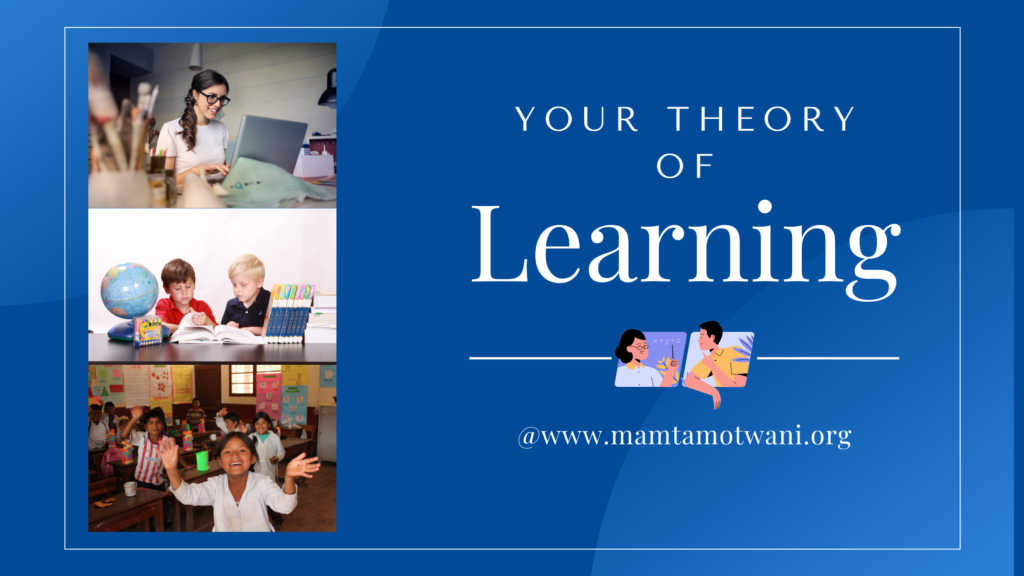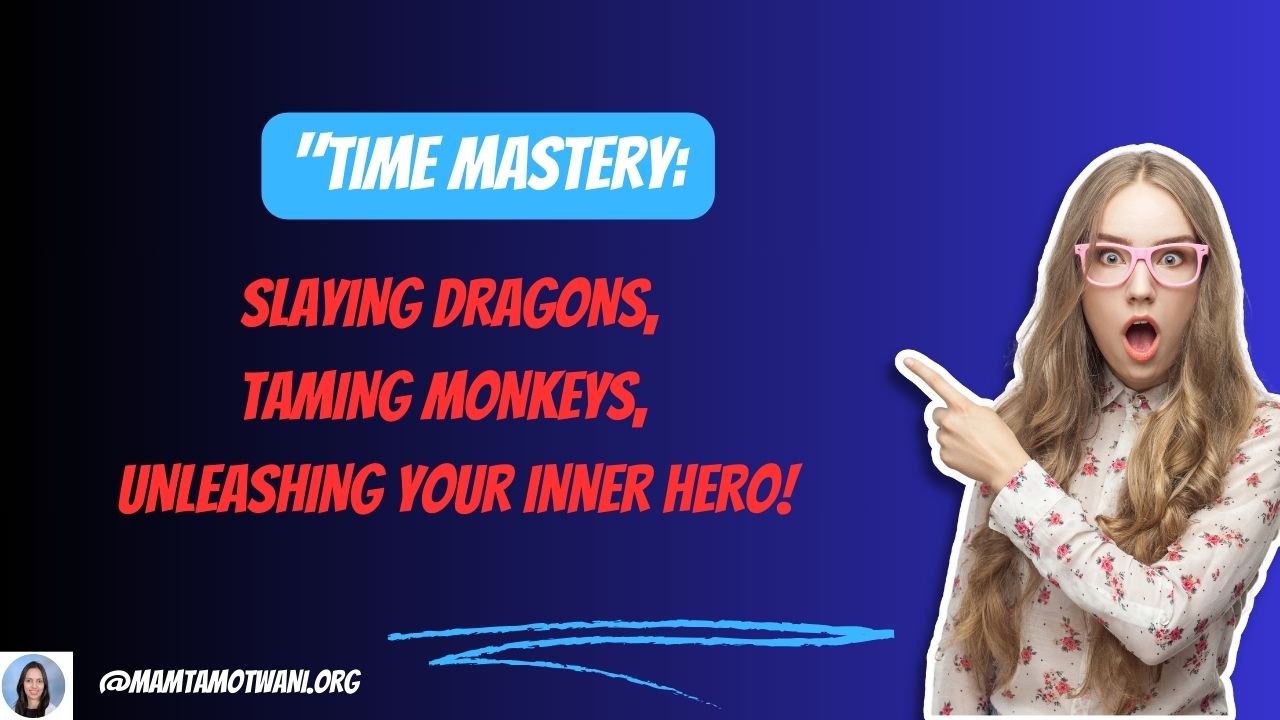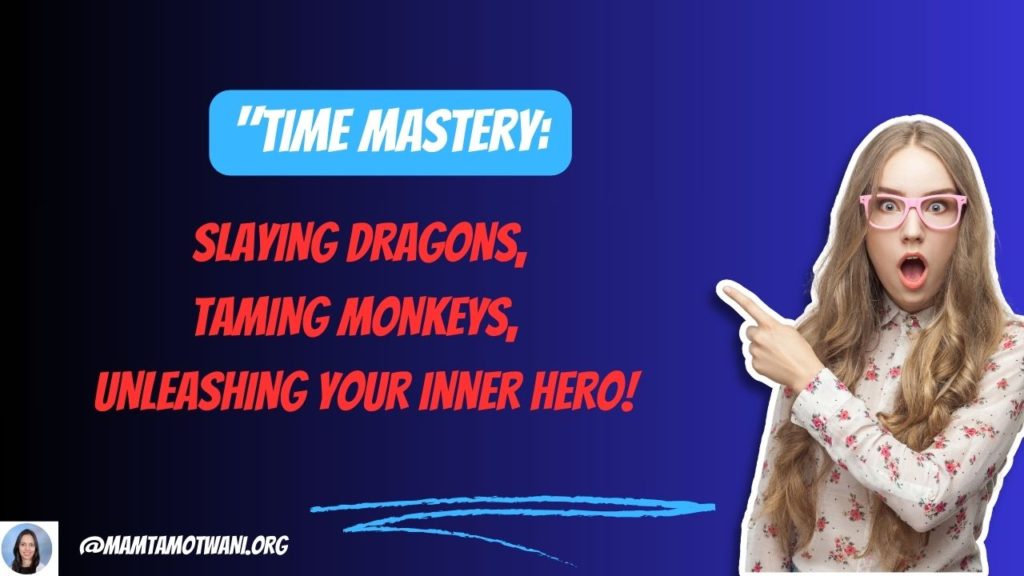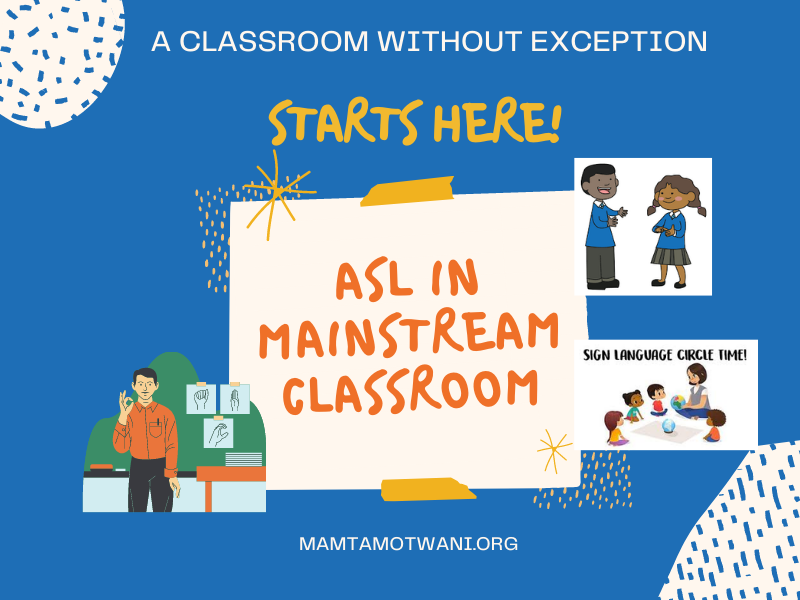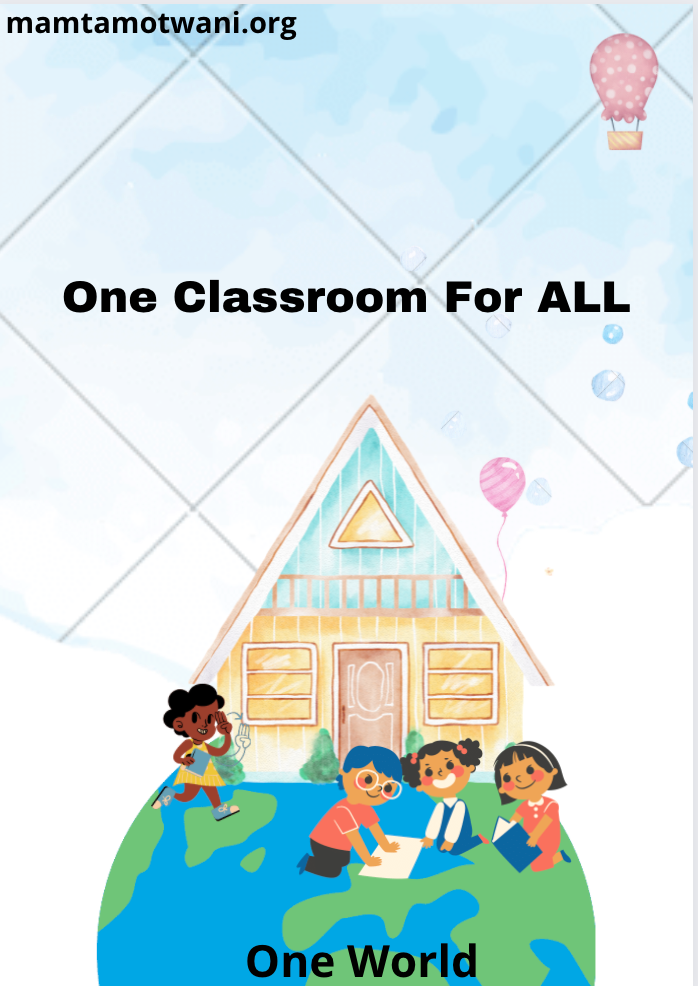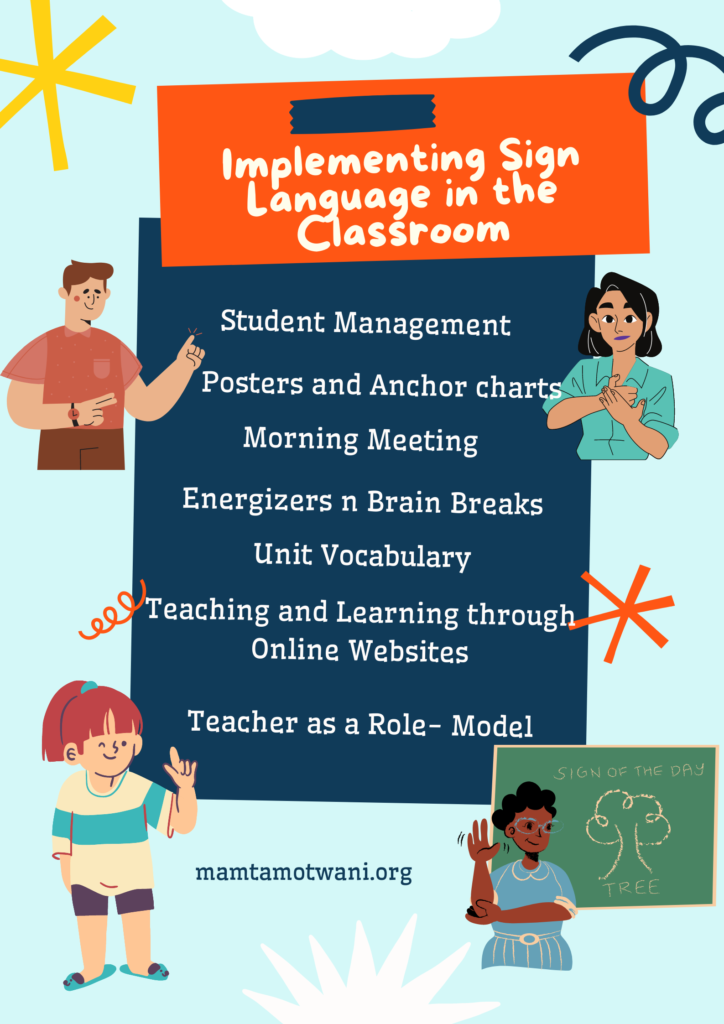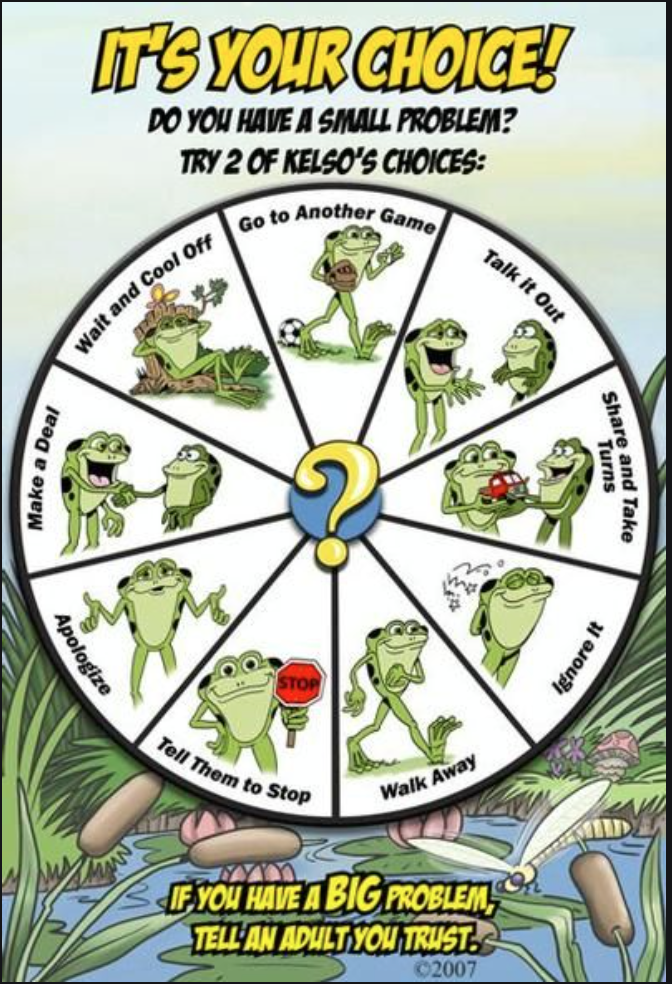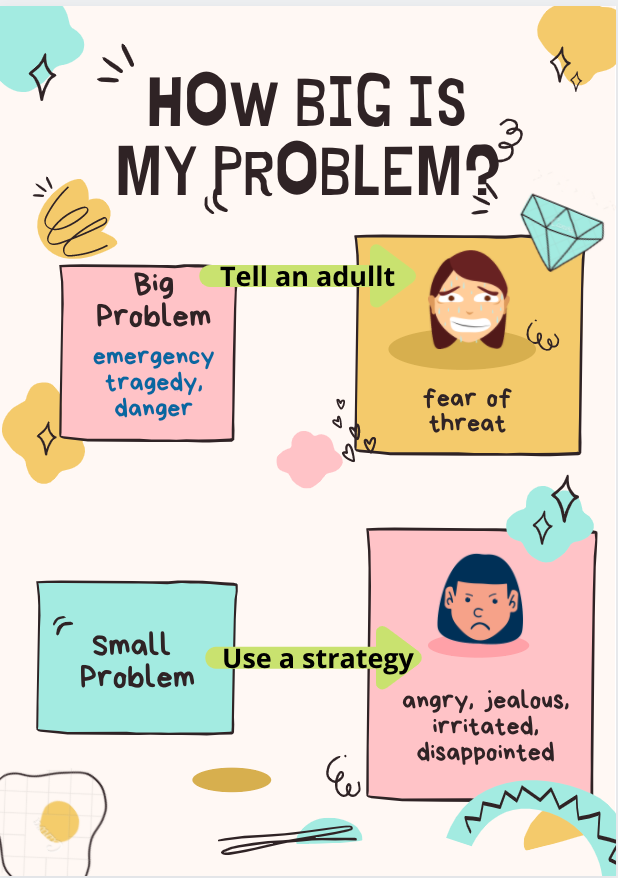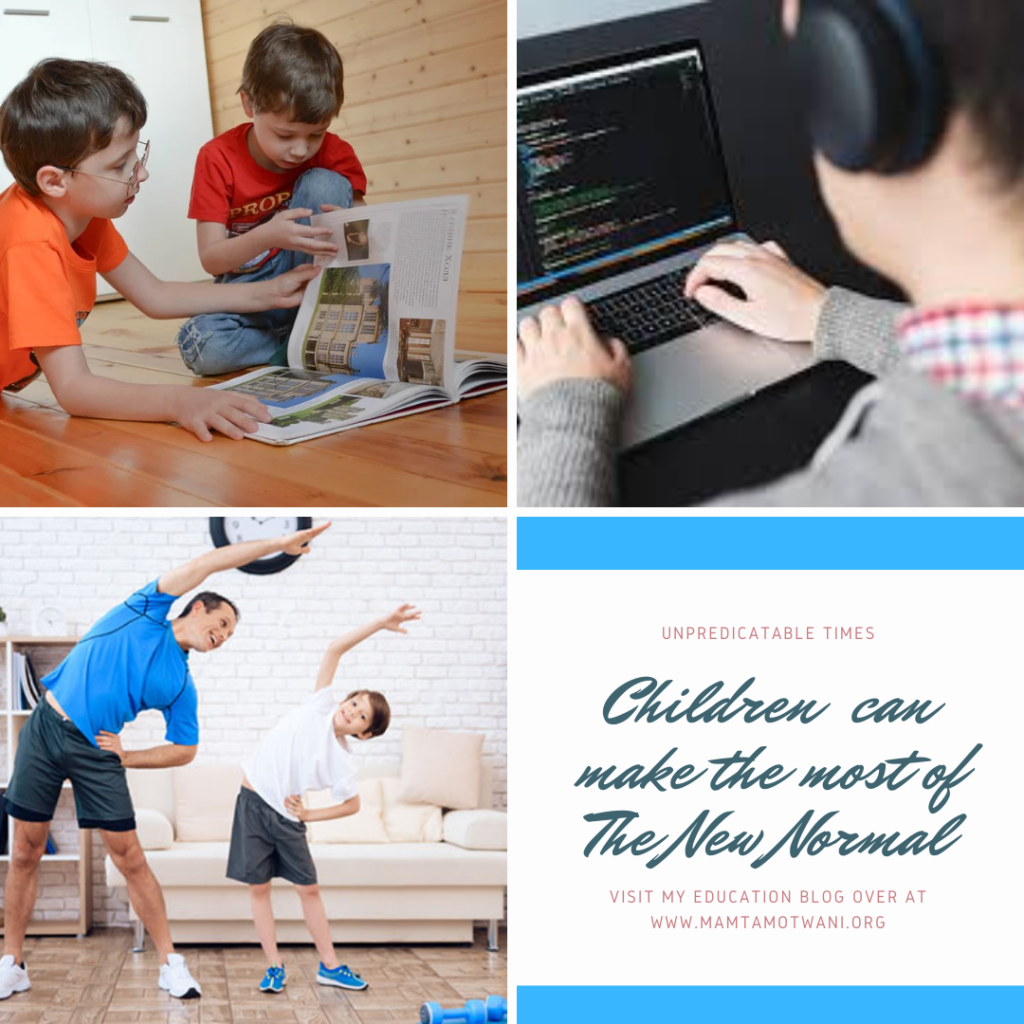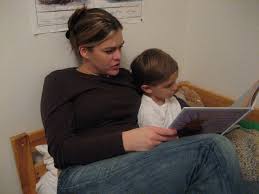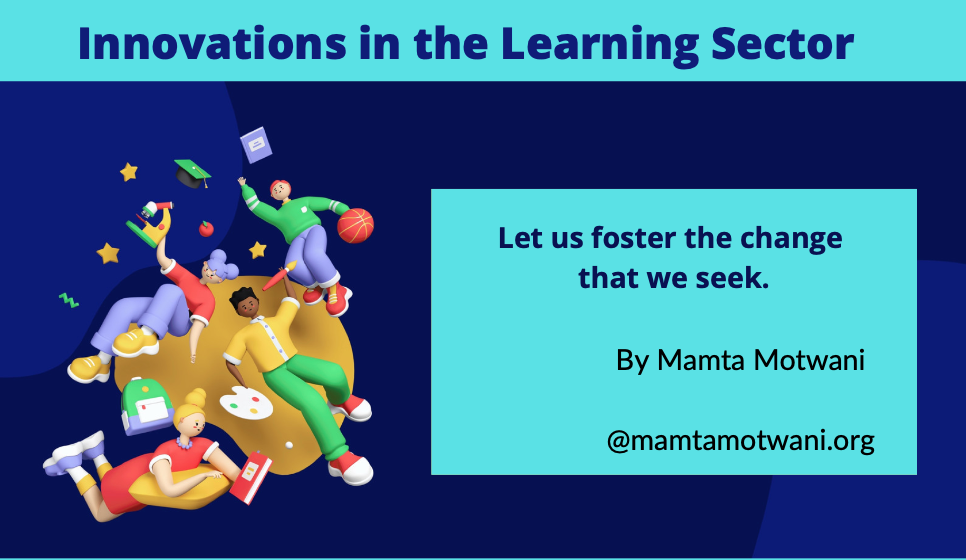
Hi friends, I am back with another educational blog. My previous blog was about my take back from my course, ‘Leaders of Learning’ from HarvardX on identifying your theory of learning. Our learning theory enables us to take a stance of learning and understand what kind of learners and colleagues we want to work with and the learning environment we want to work in. It is then that our leadership as an educator will be most effective.
You can click on the link for a quick recap on the different theories of learning
It is interesting to see the work of Prakash Nair, the President of Fielding Nair International which is not just an architectural company but also an educational company. He builds schools not based on what schools should look like but what education should look like. His school buildings make sure that a school is a happy place with flexible seating, comfortable furnishing and not plastic or wooden chairs, access to nature to serve the fact if kids look out at nature, their mental faculties become sharper, and tons of daylight. His company makes sure that a school is a place not to accommodate students but a place where learning is accessible.
One of the International schools I worked in was opening up another branch in the same city. The principal invited the teachers to be a part of the design team along with professionals who were going to build it. So the teachers were an integral part in designing this new building. They were there pretty much every step of the way of designing a dream school. It turned out to be a huge success where innovation was invited and applied.
Today’s blog will be about innovations and creativity in the learning sector, a continuation of my take back from the course. Can we remain in our current jobs in the learning sector and bring about innovations in our learning environment? What kind of innovation are we looking at, keeping in mind Clayton Christensen’s distinction between three different types of innovation: Sustaining innovation, Efficiency innovation, and Disruptive innovation.
World and Education are changing at a fast pace that we, as leaders of learning have to adapt and be open to different perspectives. Today, if you are in the learning sector you have no choice but to be innovative to sustain in a turbulent and changing environment where the students in your school are going to be more adept than the adults at capitalizing on the opportunities that are available for learning in the environment.
Most of us work in a hierarchical collective quadrant. We know that what might not change in these schools is the political and social structures that the school sits in. But what could change is the nature and culture of the schools, the nature of learning, and how schools redefine themselves sitting in the hierarchical model of leadership.
Let us look at some ways in which innovation can be carried out.
1. Optimal learning space created by the learners.

The learning environment plays a huge role as a learning tool. This is only being further confirmed by growing research on the relationship between physical infrastructure and learning based on neuroscience. While it may not be possible, to redesign the entire physical plant, as a teacher, coordinator, or the head of school, it is possible to make the classrooms, libraries, and other facilities more learning-friendly. To begin with, students with the guidance of teachers can be in charge of setting up their optimal learning space. A class discussion led by students and facilitated by the teacher would create a learning space with the necessary must-haves such as peace or calming corner, flexible seating, different types of seating, reading corner, a games section, collaboration space, a space to create displays, independent working area and the layout of the above. I am confident that learners will create a learning environment with more mobility.
2. Reflect on your theory of learning to design a learning environment
Leaders of learning will design a successful learning environment if the environment is built on powerful theories of learning. The leaders must reflect on powerful questions. A leader/teacher/coordinator must ask themselves the reason for choosing a particular grouping plan for children or the reason for different settings of individualized plan. When these answers are translated into a physical design, one will have much powerful results.
3. Transparency amongst adults

A learning environment should be a space where adults learn from each other’s practises. This should be evident to the student learners to teach them a lifelong lesson that learning occurs at every age. Your learning theory should be transparent to the other adults as well as the students because it is like a social contract between you and the learner so there should be nothing mysterious about it.
4. Freedom to access learning

I am currently working as a homeroom teacher in the elementary section of a reputed international school in Mumbai where innovation in learning is invited and appreciated. Being a PYP curriculum, we follow the inquiry cycle and usually have three lines of inquiry. Learners are agentic and we only need to provide opportunities. We do not give agency. While staying in the hierarchical collective set up, I attempted to cross the quadrant and follow my theory of learning of distributed individual mode of leadership. In one of our units, we asked the children to come up with their own line of inquiry and they led their learning. Our brains are programmed for attention to novelty, change, and curiosity. This takes away the stress from learning and helps learners to get intrinsic gratification to persevere. Needless to say, the attempt was a success.
5. Freedom to choose learning

While it may be difficult to have a personalized learning plan for each child, we could at least give enough choices to the children to choose what interests them. Usually, the curriculum is set by a team of leaders with not much choice given to learners. Access of choice is for their different learning styles. It is time that we give choices to learners about what they want to learn. It may not be possible to have 20 different units running at the same time. But we could surely give them an option of two units at a time to bring about efficiency innovation. For e.g. while doing the theme How The World Works, the learners can be given a choice between Weather and Sound, instead of expecting everyone to enjoy or be interested in one unit. This could be a beginning.\
6. A place for every personality

In Susan Cain’s book, Quiet: The Power of Introverts in a World That Can’t Stop Talking, extroverts get their energy from social interaction and introverts gain energy from quiet spaces and a time to think and reflect alone. Peer interaction is the key to learning but can drain the introverts with a lack of motivation. So, a classroom with a choice of large groups, small groups, and independent work will make all kinds of learners thrive.
7. Flipped Classroom

As per the Flipped Learning Network, 71% of teachers who flipped their classes not just claimed an improvement in grades, but improved student attitudes.
8. A classroom library

Leaners should have easy access to reading. While the classroom library can set up as per the unit being taught, there should be a library in the icommons for every grade on every floor giving your students easy access to an array of interesting books appropriate to their grade level vs a common library for all the students that can be accessed on specific days only.
9. Becoming a learner yourself

It is important we attempt to keep learning something new that we are not comfortable. When we take the position of a struggling learner, it sensitizes us to our students. We need to focus on evaluating our own work instead of judging other teachers. While it is important to build our teacher model based on our mode of learning quadrant, it is important that we remember that at the center lies the learning and not the educational model. Remaining flexible is the key to making learning powerful and being innovative.
10. Every teacher is a leader

Maia Winstock says, “If you’re really passionate about a topic, you end up becoming a leader in it in some way.” It is important that we are involved and regular contributors to the planning process of learning. Entering the classroom and teaching what we are expected to teach is transferred to the students not as learning but as a mundane activity that everyone has to be a part of whether interested or not with no light or fire in their eyes. Leaders of learning need to have focus, compassion, and passion. so, teach something that you are passionate about, teach in a way that serves your purpose. This is the most important thing you will bring to your students.
In conclusion, let us foster the change that we seek. Leave your ideas of bringing innovation in your learning sector in the comment section and let us help each other in being successful innovators in our learning sectors.


